JTF (just the facts): Published in 2024 by Eriskay Connection (here). Hardcover (16.3 × 31.2 cm), 136 pages, with 164 color and black-and-white reproductions. Includes texts by Emese Musci and Paul Dijstelberge. Design by Carel Fransen. In an edition of 750 copies. (Cover and spread shots below.)
Comments/Context: The Hungarian visual artist Máté Bartha’s new photobook Anima Mundi engages “philosophical topics with a playful approach that involves impersonation and world-building.” In his work in both photography and film, he combines staged and documentary imagery, archival material, and speculative narrative forms, in this case building a fictional urban encyclopedia of cosmic order. Presented as an obscure and often symbolic reference work, it embodies the human search for meaning and structured knowledge in an otherwise arbitrary world. The title of the book references Plato’s concept of anima mundi, or the “world spirit”, a fundamental force of nature animating and connecting all things. Bartha also draws inspiration from Renaissance codexes by figures like Robert Fludd and Athanasius Kircher, who used playful analogies as a method for comprehending the world.
The first thing one notices about Anima Mundi is its unusual vertical orientation and narrow size. A grid of eight black squares with the top four covered by a white square appears on the front cover, hinting at the presence of a systematic or geometrically ordered approach. The title and the artist’s name appear on the spine, also in a vertical orientation. The endpapers, opening and closing the book, feature traditional Turkish paper-marbling (created by artist Orsolya Takács); in the context of the grids, it serves as a metaphor for the chaotic nature of reality. Inside, the photographs are aligned using the grid structure, in a way making the book function like a map. There are no captions or even page numbers, leaving it to the viewer to make sense of this visual puzzle. The texts by Paul Dijstelberge and Emese Musci are printed in a separate booklet, on lighter paper. Overall, the book feels exciting and pleasant to engage with.
After its appearance on the cover, the grid remains the key visual element and organizing structure throughout the book. The photographs are filled into eight squares on each page, either inhabiting a single square or a number of them; in the case when they fill four squares, they might appear as four individual segments, or as a unified whole. For Bartha, the grid symbolizes human intellect, a tool to rationalize the fluid and organic nature of the world, and as he explores an interplay between structure, meaning and play, he utilizes it as a tool to catalyze and examine the process of meaning-making.
Bartha takes on the role of a fictional observer who wanders around the city looking for hidden connections, similarities, patterns, and the elusive order of things, treating the city as an “enigmatic structure governed by strange, implicit rules.” Images from various locations are brought together in a visual collage, in an attempt to figure out the underlying meaning. Aside from these images, Bartha offers little guidance, instead inviting viewers to use their own analytical tools and imagination to decipher his pictures.
Moving from the microscopic to the cosmic, the book is divided into eight chapters, presenting reality through the semantics of urban phenomena. Each chapter is marked with a mysterious symbol, the eight designs also appearing in a grid on the back cover. Throughout the book, there is an obvious repetition of very basic forms, shapes, and arrangements, like rectangles, spheres, triangles, and grids, mixed with more complex structures of objects and human figures. The second chapter focuses on these fundamental shapes and patterns (circles, spheres, tiles, rolls of textile), with one full spread photograph showing a crossroads viewed from the above with various markings in white and orange. In the third chapter, the earlier shapes appear in staged arrangements. Then the book zooms in on human society, with people and various gestures taking the central stage. The very last chapter maps the movement and structure of celestial bodies and formations, again presented via urban visual raw material.
Ultimately, Bartha explores the hidden anatomy of an archetypal metropolis, portraying urban space as a social product; he treats the city as the contemporary counterpart of nature, with its own puzzles to be solved and communications to be decoded. Many of the black-and-white photographs in the book are rather straightforward, yet they acquire meaning when brought together and sequenced in this ordered format. The success of Anima Mundi lies in its clever integration of concept, images, and thoughtful design. It is a poetic attempt to bring meaning and structure to the world around us, using a somewhat loose scientific method, and in the end, the book feels like it turns itself into a bewildering symbol of a complex and unknowable universe.
Collector’s POV: Máté Bartha is represented by TOBE Gallery in Budapest (here). Bartha’s work has little secondary market history, so gallery retail remains the best option for those collectors interested in following up.

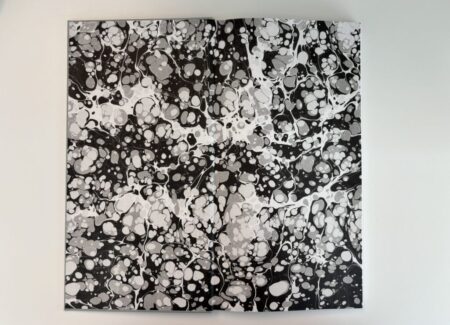
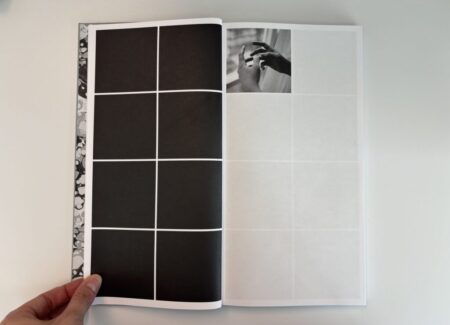
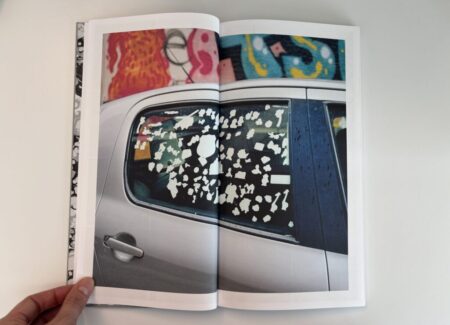

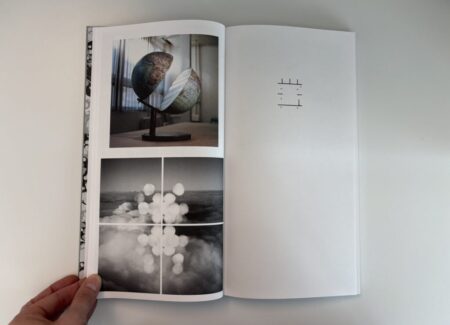
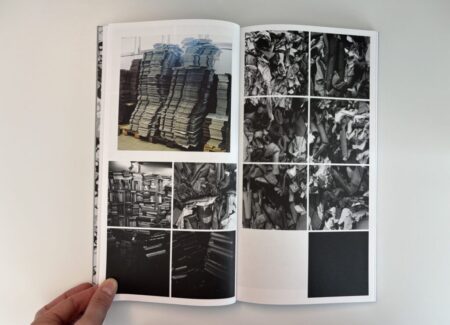

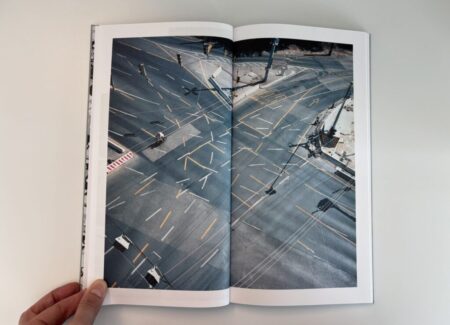
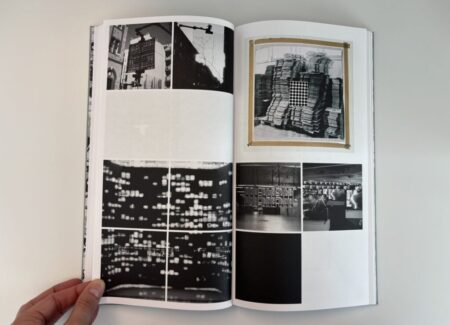

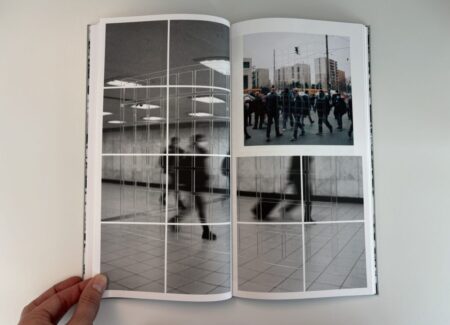
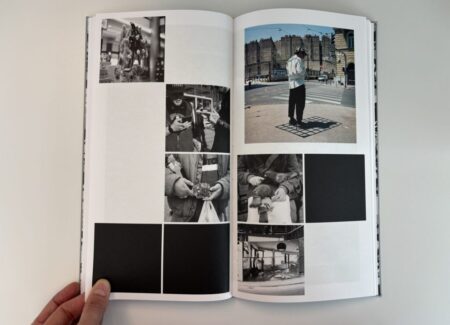
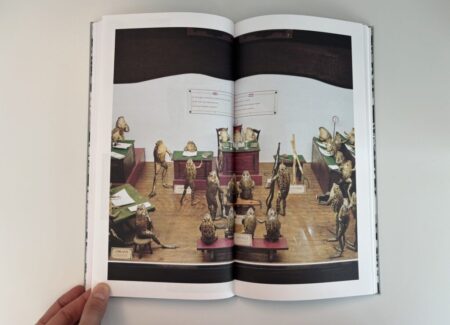
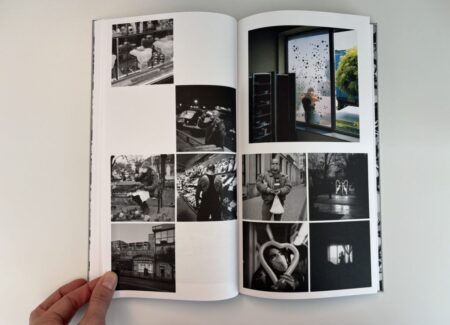
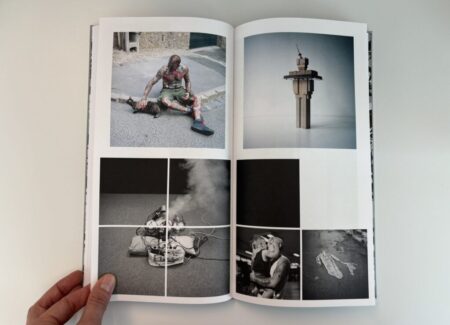
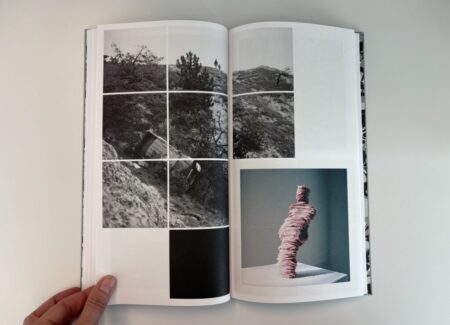
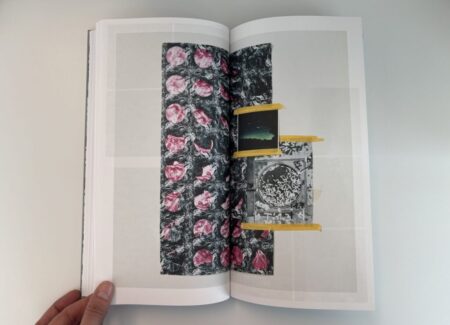
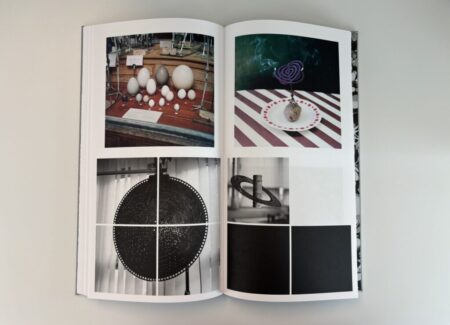

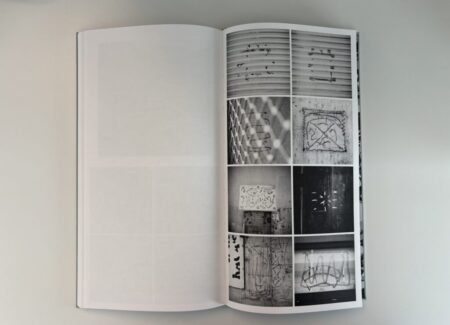
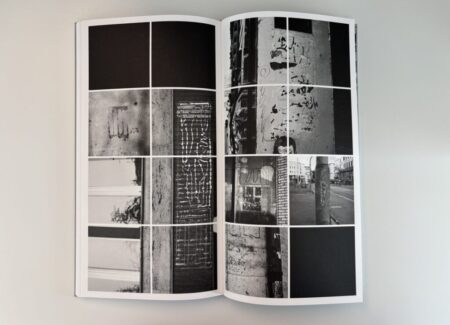
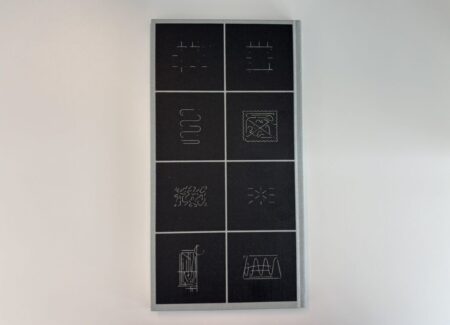





Many thanks and we’re looking forward to meet new collectors who see interest in Máté’s work.
Anima Mundi has been awarded in Montpellier and now is on view at the Fotofestiwal in Lodz, Poland. Cheers!